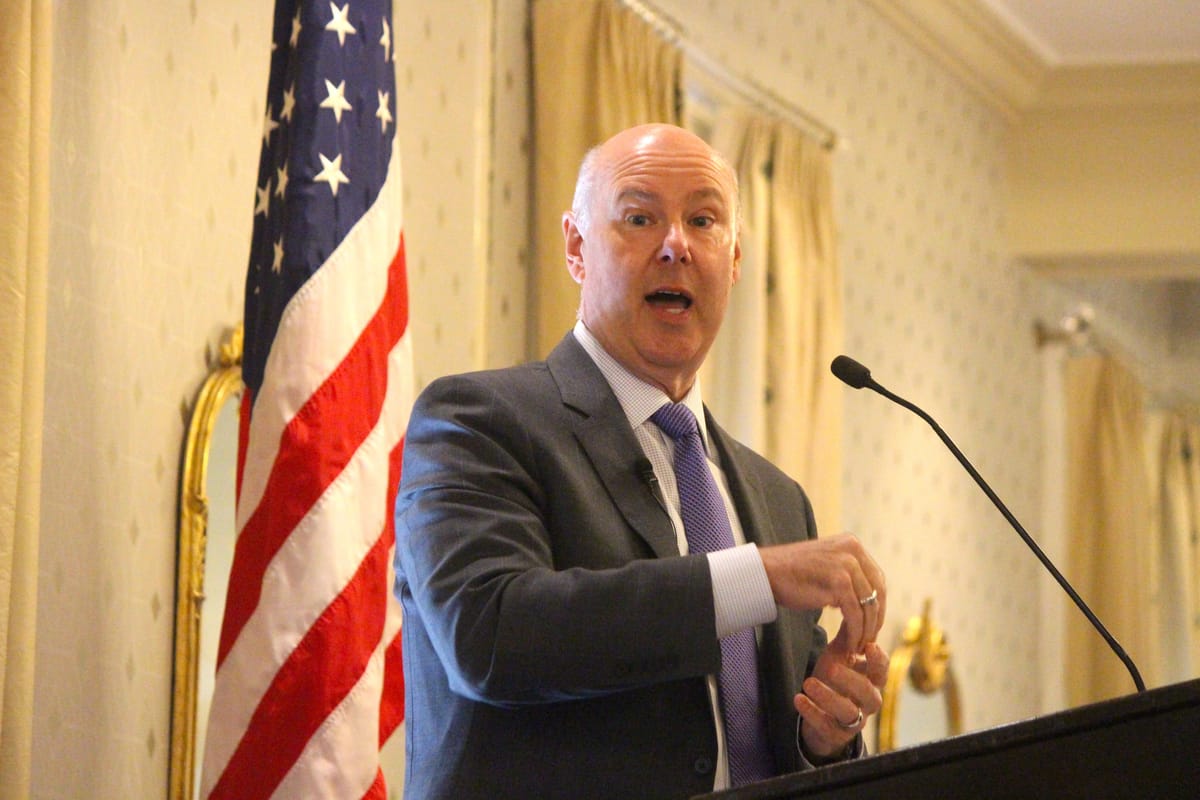Local housing demand likely to remain higher than supply, says Richmond home building chief

The president of the Home Building Association of Richmond says housing demand in the region will likely continue to outstrip supply “for at least the next two or three years.”
“We still don’t have enough lots available to kind of meet the demand, and so I’m very nervous about where pricing is going to go over the next six months to a year,” said Chad Joyce Wednesday after an event held by the Home Builders Association of Virginia at Richmond’s Commonwealth Club. “I think it can still continue to elevate, which is not really what anybody wants to hear.”
Like many other places in the U.S., Richmond has seen housing prices soar since the pandemic. According to data from the Richmond Association of Realtors, the overall median sales price for a home in the city was $280,000 in March 2020; as of last month, the median price had hit $415,000.
Richmond officials are trying an array of strategies to combat what they’ve labeled an affordable housing crisis, ranging from “performance grants” for affordable housing developers who build and maintain rental units for individuals making 80% or less of the area median income to former Mayor Levar Stoney’s “RVA Stay” program and a zoning overhaul aimed at allowing denser development within the city.
Their concerns aren’t unique. “Everybody knows we have a housing crisis,” said National Association of Home Builders President and CEO Jim Tobin during a speech at the Richmond event on housing trends and how they are being impacted by President Donald Trump’s tariff and immigration policies.
“Local governments have broken housing in this country by making it too expensive and too long. They have put NIMBYs ahead of housing,” he said, referring to the phrase “not in my backyard” that has become a shorthand to describe local opposition to any development. “It is time that we elect and get people at the local level who are going to put housing first.”
Across the nation, homes aren’t being built rapidly enough to meet demand, Tobin emphasized. While builders need to construct roughly 1.5 million single and multifamily housing units annually, they are falling short of those targets, he said.
Building has also slowed in Virginia: One recent state study found that Virginia’s annual housing production peaked in 2004, when roughly 63,000 building permits were issued. Since then, most years have seen only half that number of permits.
“The only way to solve the housing crisis in this country is to build more housing,” said Tobin Wednesday. “We can no longer give taxpayer dollars to people to help them afford an already expensive product. It is time to lower the cost of the product by putting more supply out there.”
In the Richmond region, which includes not only the city but its surrounding counties, Joyce said permitting and review processes are continuing to slow development, with a typical project taking three to four years to go through zoning and plan approval.
“That’s just way too long. You’re going to go through market cycles in that time,” he said. “It’s as hard as it’s ever been in central Virginia to get a lot on the ground.”
Federal headwinds
But even as industry pushes for changes to make building easier, their efforts may be hampered by the recent blitz of tariffs and nationwide immigration crackdowns.
The National Association of Home Builders estimates that the tariffs and the uncertainty surrounding them will increase the average cost of a new home by about $10,500. At the same time, the wave of deportations threatens to undercut the available labor pool, which Tobin said is “consistently about 200,000 jobs short.”
“This is the moment where we as an industry need to come together,” he told the Richmond gathering of builders before urging them to back immigration reform measures. “A third of our workforce is not native born. A third of our workforce. So we have to stand up for those who do our jobs for us, who work in this industry, who do great work.”
Joyce said while he had only heard of one case of Immigration and Customs Enforcement activity at a job site, “that is always a concern” and backed Tobin’s assertion that labor should be “the number one concern for builders” over the next decade.
“I would agree with that,” he said. “Labor is so hard to find right now, and just the cost of labor has shot up dramatically.”
Contact Reporter Sarah Vogelsong at svogelsong@richmonder.org






